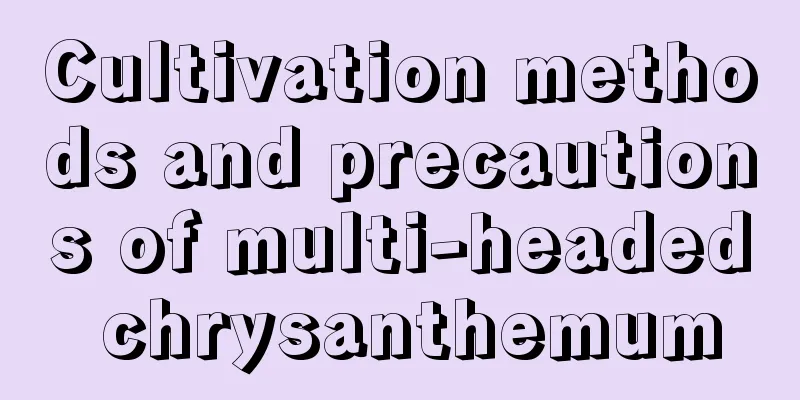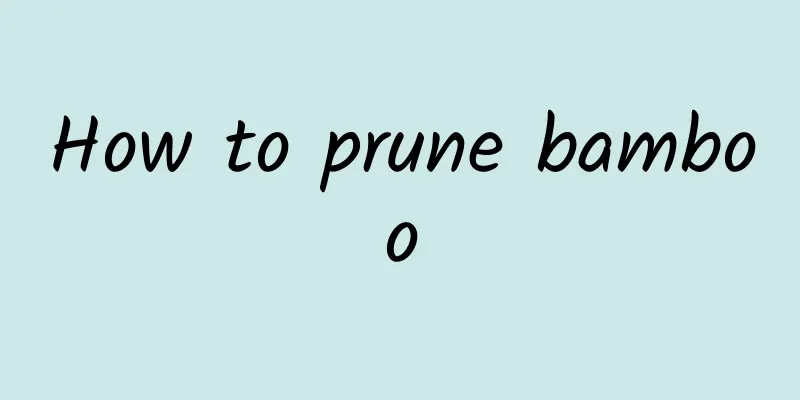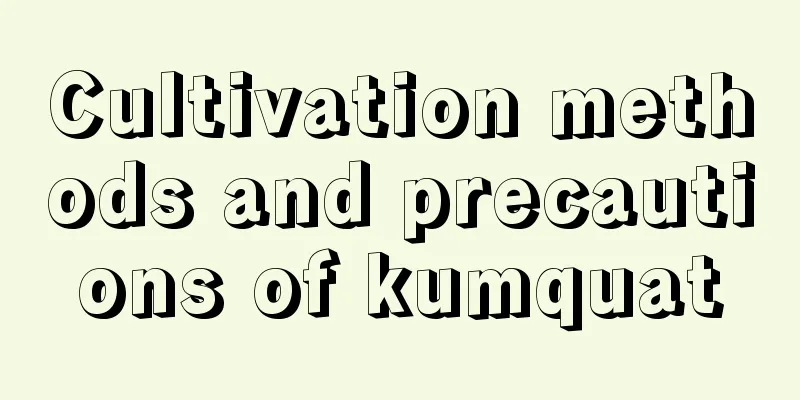Cultivation methods and precautions of multi-headed chrysanthemum

1. FertilizationIf you want to fertilize it, it depends on the size of the plant and what kind of variety it is, and then you can control it appropriately. When September just arrives, the growth of chrysanthemum will enter a very vigorous period. At this time, you need to apply more fertilizer to it to meet its nutritional needs at this time. In addition, it is necessary to apply foliar fertilizer, basically once every 5 days, until its flower buds are the size of soybeans. Starting from the beginning of September, urea and other fertilizers should be mixed together in the first three days, and it should be sprayed with fertilizer in the evening. At the same time, some fertile soil should be added to the sprayer in early September until the plant has its first fork. This will allow it to root a second time faster. 2. Perform proper pottingIf you are potting seedlings from cuttings, you will need a 10 cm pot. After that, you need to change the pot every time the seedlings start to sprout. Just increase the pot by one size. The last repotting should be done in late July or early August when the plant has taken shape. 3. ToppingDuring the growth process, in order to make its flowers more beautiful, it is generally necessary to pinch them. The pinching of multi-headed chrysanthemums is generally different from the cultivation method of other chrysanthemums. Usually after pinching, three small branches will grow out, from top to bottom, they are the heavenly branch, the earthly branch, and the human branch. The heavenly branch is generally the most vigorous, and the human branch is the weakest. The difference is not so big at the beginning, but it will get bigger and bigger later, which is not good for its balanced growth. Therefore, it is necessary to use the method of pinching, that is, to remove its germination point. In this way, the several side branches that sprout will be basically the same size, allowing it to develop more evenly, allowing the plant to grow more vigorously, and the flowers that bloom will be bigger and more beautiful. |
<<: Cultivation methods and precautions of rose dendrobium
>>: Cultivation methods and precautions of Rhododendron chinense
Recommend
Scope and method of use of acetochlor
Acetochlor is a widely used herbicide . Among the...
How to make Olivia's succulents bloom
1. Adequate sunlight Olivia likes an environment ...
How to prune Pinus tabulaeformis
When to prune pine It is best to prune Pinus tabu...
Will the heavy fan bloom?
Will the heavy fan bloom? In addition to having b...
The Flower Language of Ranunculus
The flower language of Ranunculus The flower lang...
A few mung beans, a kettle, and non-toxic mung bean sprouts will grow in 3 days!
Throw the beans into the kettle and they will spr...
Can cherry trees be propagated by cuttings?
There are many methods of propagating cherry tree...
How to grow snowweed to make it beautiful
Growing conditions of Sedum serrata When the snow...
Nectarine cultivation methods and precautions
1. Maintenance methods 1. Soil: If you are planti...
Cultivation methods and precautions of small-leaf boxwood How to grow small-leaf boxwood in pots
Small-leaf boxwood, also known as mountain boxwoo...
Does the red spider lily like acid? How to grow the red spider lily
1. Do you like acid? Red spider lily likes sour t...
Is Olivia succulent resistant to freezing?
1. Is it frost-resistant? Olivia prefers cool cli...
Cultivation methods and maintenance of old Pampas grass
How to grow old stumps of pennywort The growth of...
How to grow Hawaiian coconut on the balcony, what should you pay attention to
1. Adequate sunlight Hawaiian coconut is relative...
What to do if rose root rots
1. Remove the plant There are many reasons for ro...









